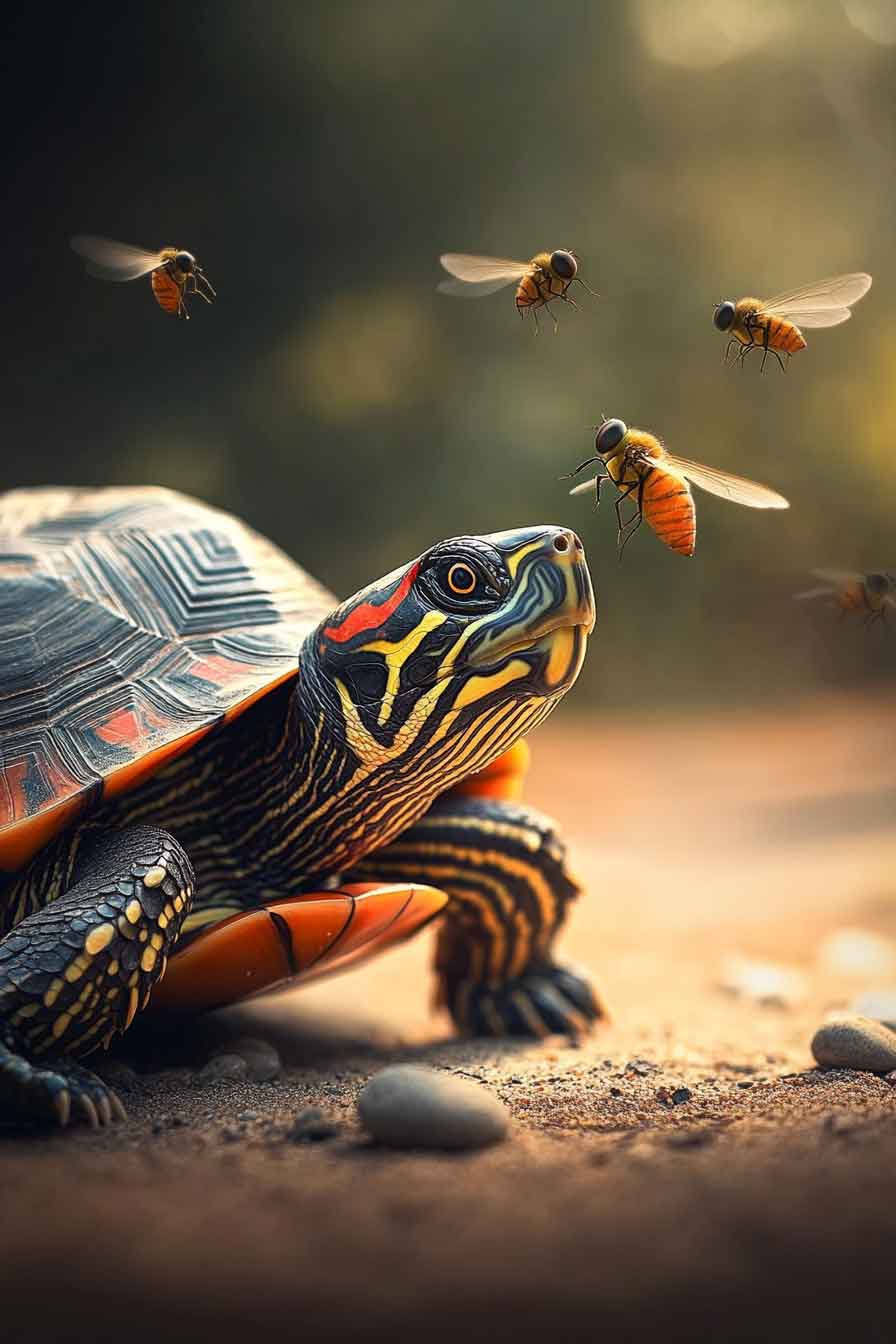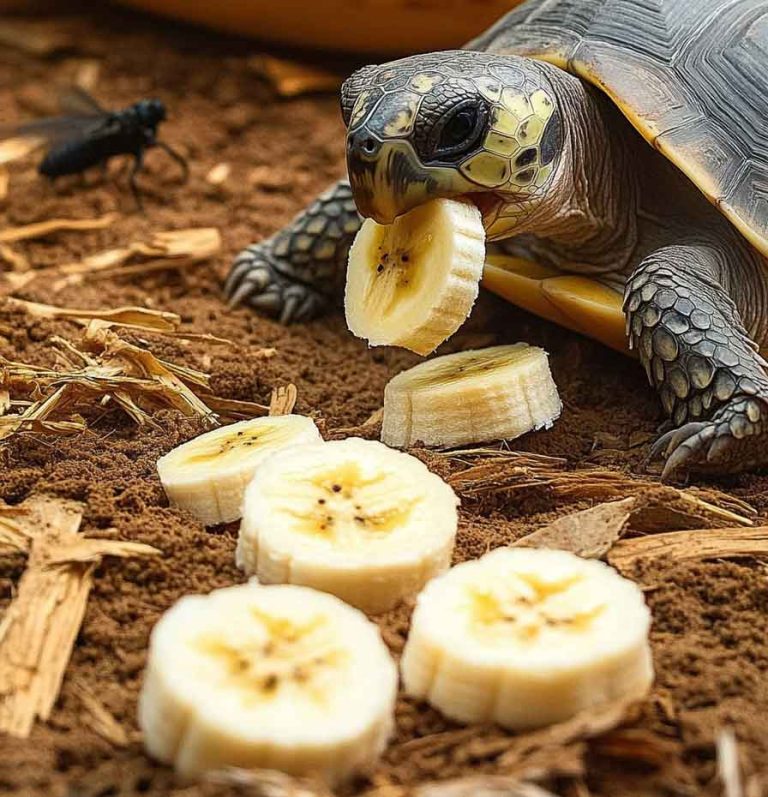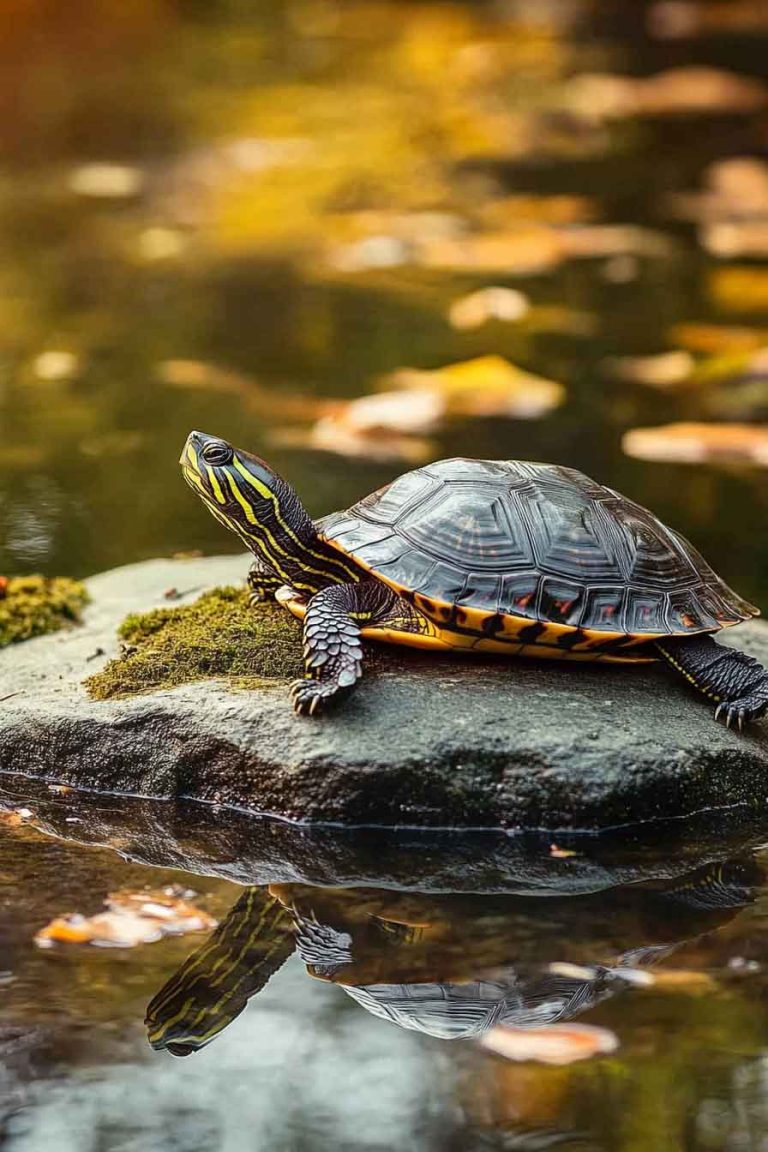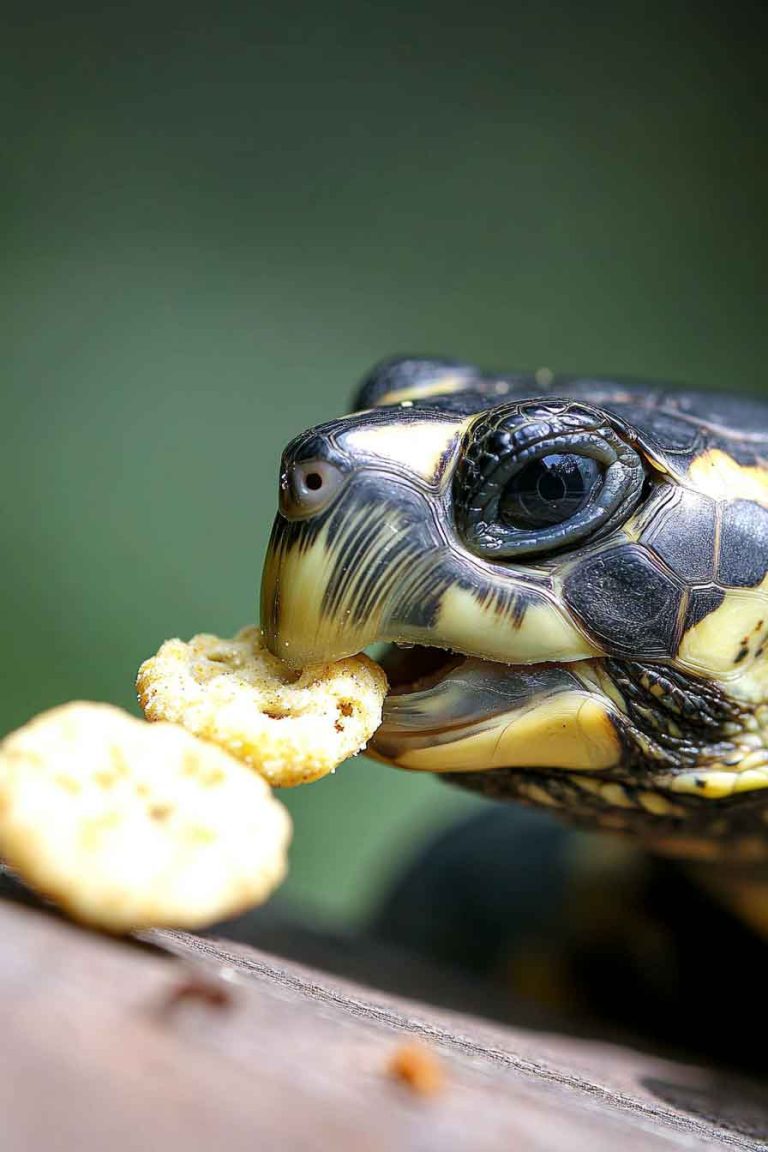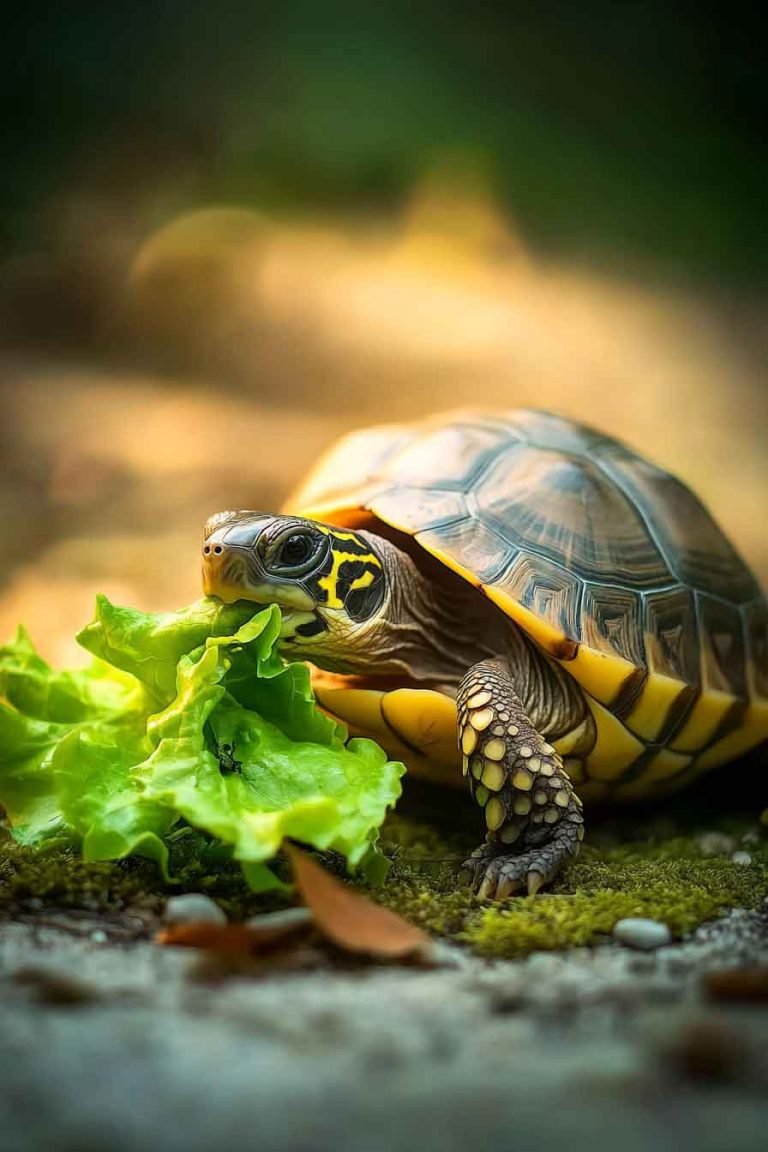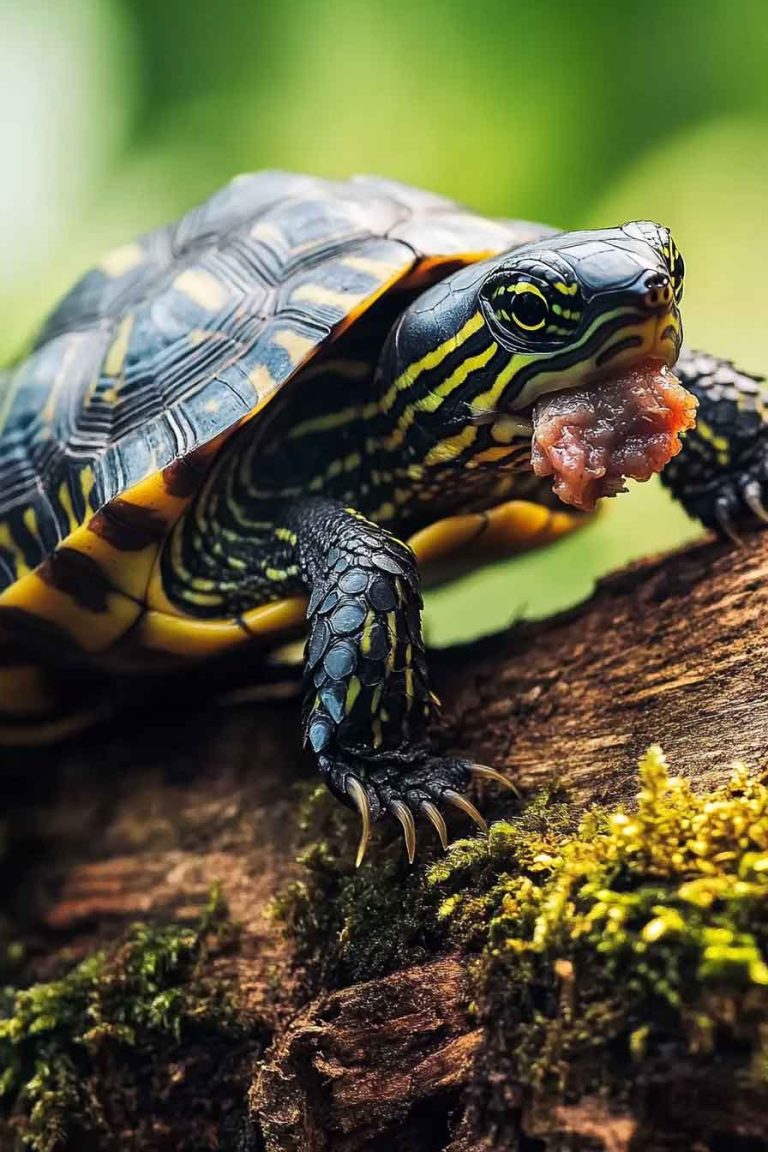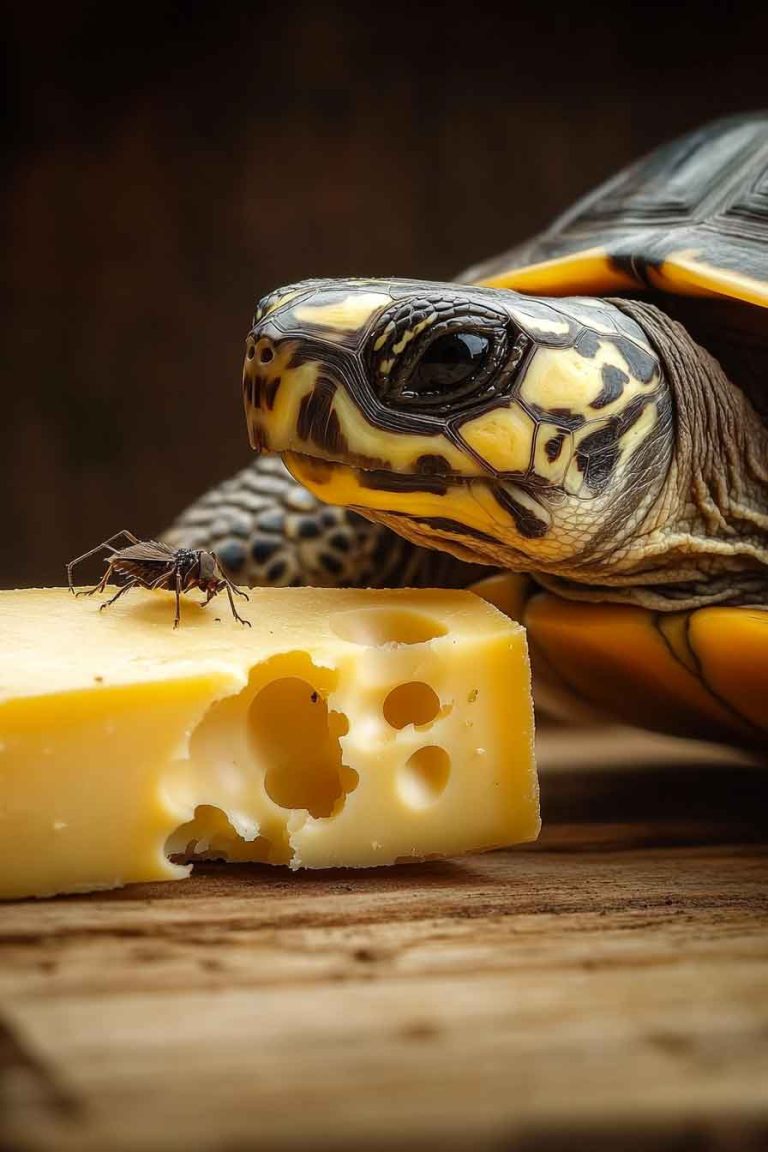Can Turtles Eat Flies? What Every Turtle Owner Should Know
If you’re like me and have a pet turtle, you’ve probably watched your shelled friend explore their habitat and wondered about their natural hunting instincts. I’ve often seen my turtle eyeing flying insects around their enclosure, which got me thinking – can turtles actually eat flies? And more importantly, is it safe for them? The…
If you’re like me and have a pet turtle, you’ve probably watched your shelled friend explore their habitat and wondered about their natural hunting instincts. I’ve often seen my turtle eyeing flying insects around their enclosure, which got me thinking – can turtles actually eat flies? And more importantly, is it safe for them?
The answer might surprise you: Yes, turtles can eat flies, and it’s actually quite natural for them! In the wild, many turtle species regularly consume flies and other small insects as part of their balanced diet. Flies can provide valuable protein and nutrients that support your turtle’s health when offered appropriately.
In this comprehensive guide, I’ll share everything I’ve learned about feeding flies to turtles, including the nutritional benefits, potential risks, and best practices I’ve developed through years of turtle care. Keep reading if you want to understand whether flies should be part of your turtle’s diet.
Can You Feed Flies To Your Pet Turtle?
The short answer is – absolutely yes! Unlike some foods that are harmful to turtles, flies are actually a natural part of many turtle species’ diets. As someone who’s kept turtles for years, I can tell you that watching a turtle catch and eat a fly is witnessing their natural predatory behavior in action.
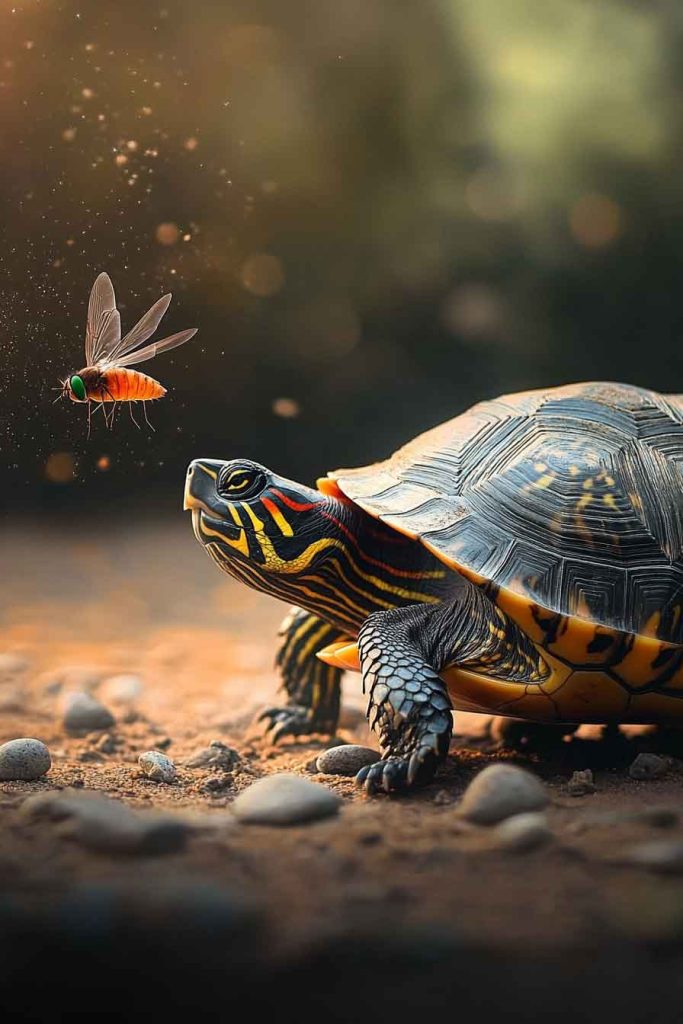
However, not all flies are created equal, and there are important considerations I want you to know about before offering flies to your turtle.
Let me break down the nutritional content found in common house flies (per 100 grams):
Protein: 19.3 g Fat: 5.5 g Carbohydrates: 2.9 g Calcium: 43 mg Phosphorus: 185 mg Iron: 5.1 mg Zinc: 2.9 mg Vitamin B12: 8.3 mcg Riboflavin (B2): 1.09 mg
Looking at this nutritional profile, I can see why flies make excellent occasional treats for turtles. They’re high in protein, which is essential for shell development and overall health. The vitamin content, particularly B12 and riboflavin, supports your turtle’s metabolic functions.
However, I do notice that the calcium to phosphorus ratio isn’t ideal – flies contain more phosphorus than calcium. This means flies should be part of a balanced diet rather than a primary food source.
Do Turtles Like Flies?
From my experience, most turtles absolutely love flies! I’ve watched my turtles become incredibly animated when a fly enters their habitat. Their natural hunting instincts kick in, and they’ll often spend considerable time and energy trying to catch these quick-moving insects.
Different turtle species show varying levels of enthusiasm for flies:
- Box turtles are particularly skilled fly hunters and seem to relish the challenge
- Red-eared sliders will eagerly snap at flies near the water’s surface
- Painted turtles often display impressive speed when pursuing flying insects
- Tortoises may be less successful at catching flies but will readily eat them if offered
The hunting behavior itself provides mental stimulation and exercise, which I believe contributes to your turtle’s overall wellbeing.
Health Benefits of Turtles Eating Flies
Through my research and observation, I’ve identified several key health benefits when turtles consume flies as part of a balanced diet:
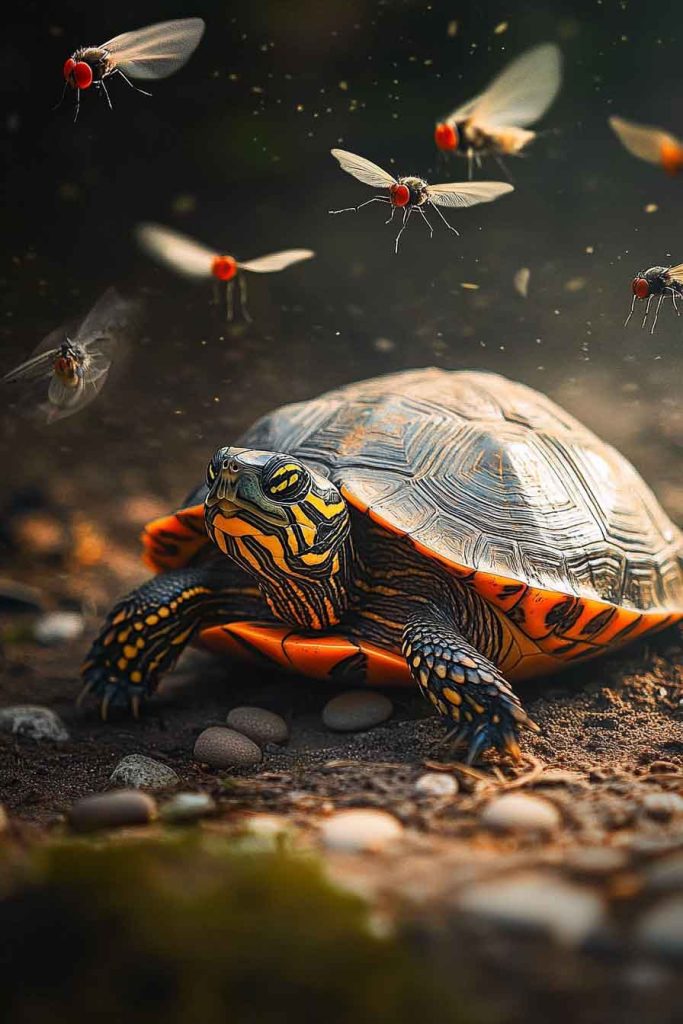
High-Quality Protein Source
Flies are an excellent source of complete protein, containing all essential amino acids your turtle needs. This protein supports:
- Shell growth and repair
- Muscle development
- Immune system function
- Reproductive health
Natural Hunting Behavior
Allowing your turtle to catch flies provides important behavioral enrichment. I’ve noticed that my turtles are more active and engaged when they have opportunities to hunt. This natural behavior helps prevent boredom and promotes physical activity.
Vitamin B Complex
The B vitamins in flies, particularly B12 and riboflavin, support your turtle’s nervous system and energy metabolism. These vitamins can be harder to find in plant-based foods, making flies a valuable supplement for omnivorous turtle species.
Trace Minerals
Flies contain important trace minerals like zinc and iron that support various bodily functions. Iron is particularly important for healthy blood production, while zinc supports immune function and wound healing.
Potential Risks and Considerations
While flies can be beneficial, I want you to be aware of some important considerations based on my experience:
Wild vs. Captive-Bred Flies
Wild flies can carry parasites, diseases, or pesticide residues. I always recommend being cautious about flies from unknown environments. If you’re collecting flies for your turtle, avoid areas that may have been treated with pesticides or insecticides.
Size Considerations
Large flies might be challenging for smaller turtle species to consume safely. I’ve found that common house flies are appropriately sized for most adult turtles, but baby turtles might do better with smaller insects like fruit flies.
Frequency and Quantity
Flies should be treats or supplements, not the primary diet. I typically offer flies to my turtles no more than 2-3 times per week, and only a few flies at a time.
Disease Transmission
Flies can potentially carry bacteria or parasites. While the risk is generally low, it’s something to be mindful of, especially if your turtle has a compromised immune system.
How Many Flies Should Turtles Eat?
Based on my experience and consultation with reptile veterinarians, here are my guidelines for feeding flies to turtles:
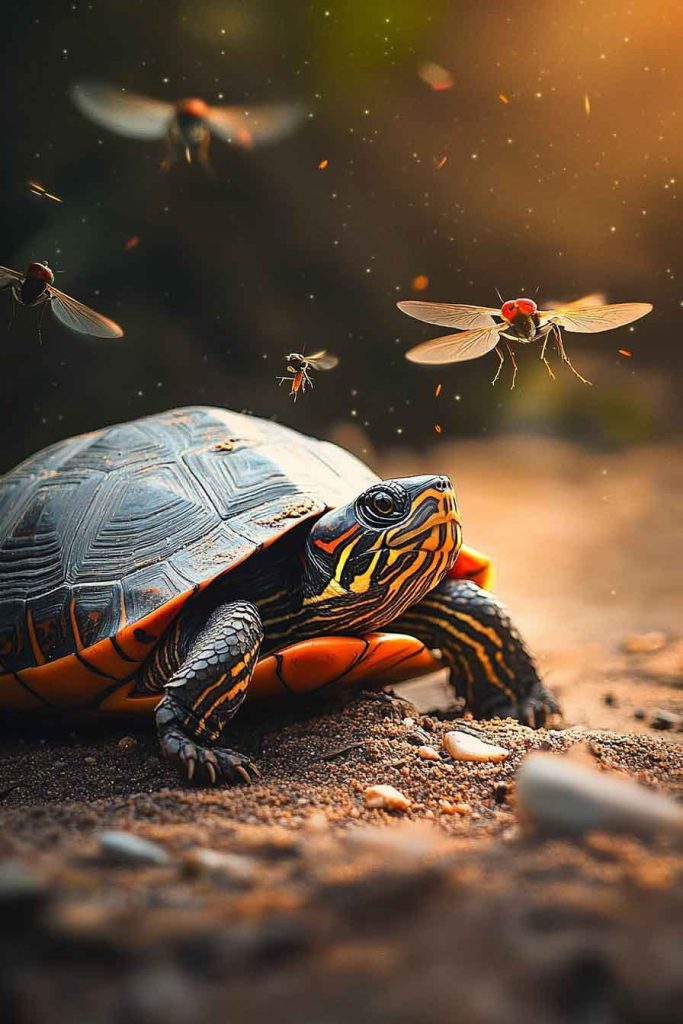
Adult Turtles (4+ inches)
- 3-5 house flies per feeding session
- 2-3 times per week maximum
- Always as part of a varied diet
Juvenile Turtles (2-4 inches)
- 1-3 small flies per feeding session
- 1-2 times per week
- Ensure flies are appropriately sized
Hatchlings (Under 2 inches)
- Fruit flies or very small house flies only
- 2-3 tiny flies per session
- Once per week maximum
I always observe my turtles during and after feeding to ensure they’re handling the flies well and showing no signs of digestive distress.
Can You Feed Flies to Baby Turtles?
Yes, but with important modifications! Baby turtles can benefit from flies, but I’ve learned that size and frequency matter enormously.
For baby turtles, I recommend:
Size Matters
- Use only very small flies (fruit flies work well)
- Ensure the fly is no larger than the space between the turtle’s eyes
- Avoid large house flies that could cause choking
Frequency Guidelines
- Once per week maximum for hatchlings
- Twice per week for juveniles
- Always monitor closely during feeding
Preparation Tips
- You can lightly crush larger flies to make them easier to consume
- Remove wings from larger flies if necessary
- Ensure the turtle can easily swallow the prey item
I’ve found that baby turtles are often more successful with stationary or slow-moving flies rather than actively flying ones.
Different Turtle Species and Fly Consumption
Through my experience with various turtle species, I’ve observed that dietary preferences and capabilities vary:
Box Turtles and Flies
Box turtles are natural omnivores and excellent fly hunters. They seem to particularly enjoy the chase and are quite skilled at catching flies mid-flight. I feed flies to my box turtles regularly without issues.
Red-Eared Slider Turtles and Flies
Red-eared sliders will eagerly consume flies, especially when the flies land near the water. These aquatic turtles are quick strikers and rarely miss when a fly comes within range. The protein from flies supports their rapid growth rate.
Painted Turtles and Flies
Painted turtles show similar enthusiasm for flies as red-eared sliders. I’ve noticed they’re particularly good at catching flies that land on basking spots or near the water’s edge.
Tortoises and Flies
Most tortoise species can eat flies, though they’re generally less successful at catching them actively. I often offer deceased flies to my tortoises or catch flies for them. Mediterranean species like Hermann’s tortoises seem to enjoy flies more than desert species.
Best Practices I’ve Learned
After years of feeding flies to my turtles, here are the best practices I follow:
Safe Sourcing
- I avoid flies from areas that might be contaminated
- I never use flies that have been in contact with pesticides
- I sometimes raise my own fruit flies for a clean food source
Observation Protocol
- I always watch my turtles eat flies to ensure safe consumption
- I monitor for any signs of digestive upset afterward
- I keep track of feeding frequency to avoid overfeeding
Preparation Methods
- For larger flies, I sometimes remove the wings to make eating easier
- I ensure flies are fresh and haven’t been dead for extended periods
- I avoid feeding flies that appear sick or sluggish
Alternative Insect Options
If flies aren’t readily available or suitable for your situation, I’ve had success with these alternatives:
- Crickets: Excellent protein source, readily available
- Mealworms: High in protein, though also high in fat
- Waxworms: Good occasional treats, very high in fat
- Dubia roaches: Excellent nutritional profile, easy to raise
- Earthworms: Great for aquatic species
Signs Your Turtle Enjoys Flies
I’ve learned to recognize when my turtles are benefiting from fly consumption:
Positive Indicators
- Increased activity and alertness
- Eager response to flying insects in their habitat
- Good appetite and normal eating behavior
- Healthy shell and skin condition
- Active hunting behavior
Concerning Signs
- Vomiting after eating flies
- Lethargy or decreased appetite
- Diarrhea or abnormal waste
- Difficulty catching or swallowing flies
Seasonal Considerations
I’ve noticed that fly availability and my turtles’ interest in them varies by season:
Spring and Summer
- Peak fly season means more natural hunting opportunities
- I reduce supplemental fly feeding when natural prey is abundant
- Outdoor turtle enclosures often provide natural fly hunting
Fall and Winter
- Fewer wild flies available
- May need to source flies artificially or use alternatives
- Indoor turtles especially benefit from fly enrichment during these months
Conclusion
After years of turtle keeping and extensive research, I’m confident that flies can be a healthy and enriching part of your turtle’s diet when offered appropriately. They provide excellent protein, stimulate natural hunting behaviors, and add variety to your turtle’s meals.
The key points I want you to remember are:
- Flies are natural prey for most turtle species
- They should be offered as treats or supplements, not primary food
- Size and frequency matter, especially for younger turtles
- Always source flies safely and observe your turtle during feeding
- Different species may show varying levels of interest and capability
I encourage you to try offering flies to your turtle if you haven’t already. Start slowly, observe carefully, and enjoy watching your turtle’s natural predatory instincts in action. It’s one of the most rewarding aspects of turtle keeping – seeing these amazing creatures display their wild behaviors even in captivity.
Remember, a varied diet is key to turtle health, and flies can be a valuable component of that variety. If you have any concerns about your turtle’s diet or health, always consult with a veterinarian experienced in reptile care.
Frequently Asked Questions (FAQs)
Can Box Turtles Eat Flies? Absolutely! Box turtles are natural omnivores and excellent fly hunters. I’ve watched my box turtles catch flies with impressive skill. They can safely eat flies 2-3 times per week as part of a balanced diet.
Can Red Eared Slider Turtles Eat Flies? Yes, red-eared sliders can and should eat flies occasionally. These aquatic turtles are quick strikers and will eagerly snap up flies that land near the water. The protein supports their growth and health.
Can Painted Turtles Eat Flies? Painted turtles can definitely eat flies and often show great enthusiasm for them. I’ve observed painted turtles displaying impressive speed and accuracy when hunting flies near their basking areas.
Are Dead Flies Safe for Turtles? Fresh dead flies can be safe, but I prefer offering live flies when possible. If using dead flies, ensure they haven’t been deceased for more than a few hours and weren’t killed with pesticides.
Can Flies Replace Commercial Turtle Food? No, flies should never replace a complete commercial turtle diet. They’re excellent supplements and treats, but turtles need the balanced nutrition that quality commercial foods provide.
How Do I Catch Flies Safely for My Turtle? I use a small net or cup to catch flies from safe areas. Avoid flies from areas that might be contaminated with pesticides, and never use fly traps with poisons.

